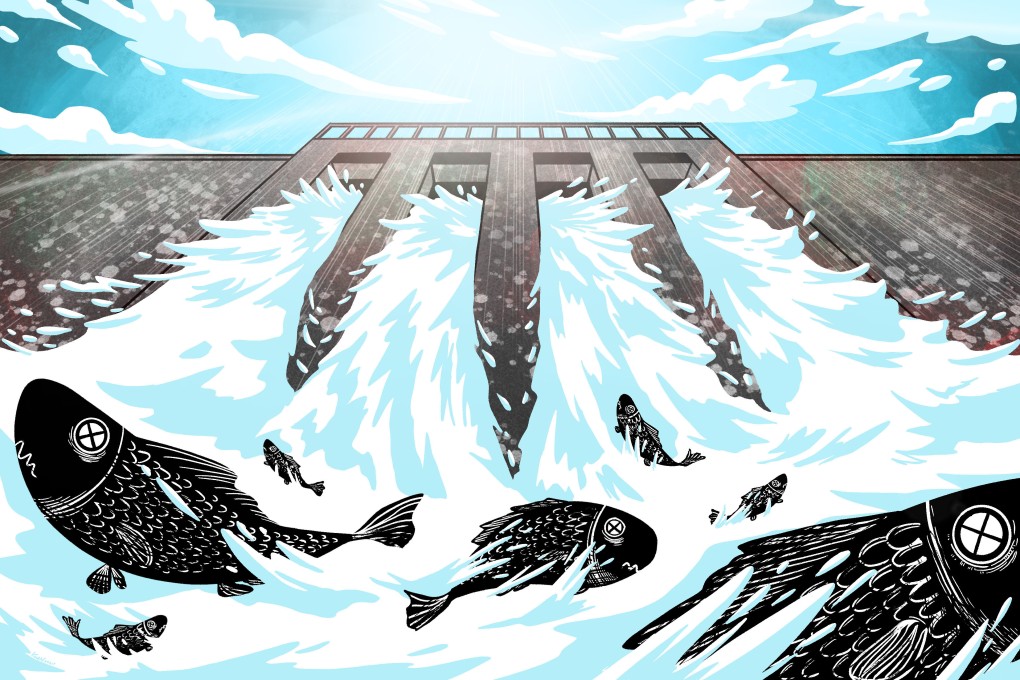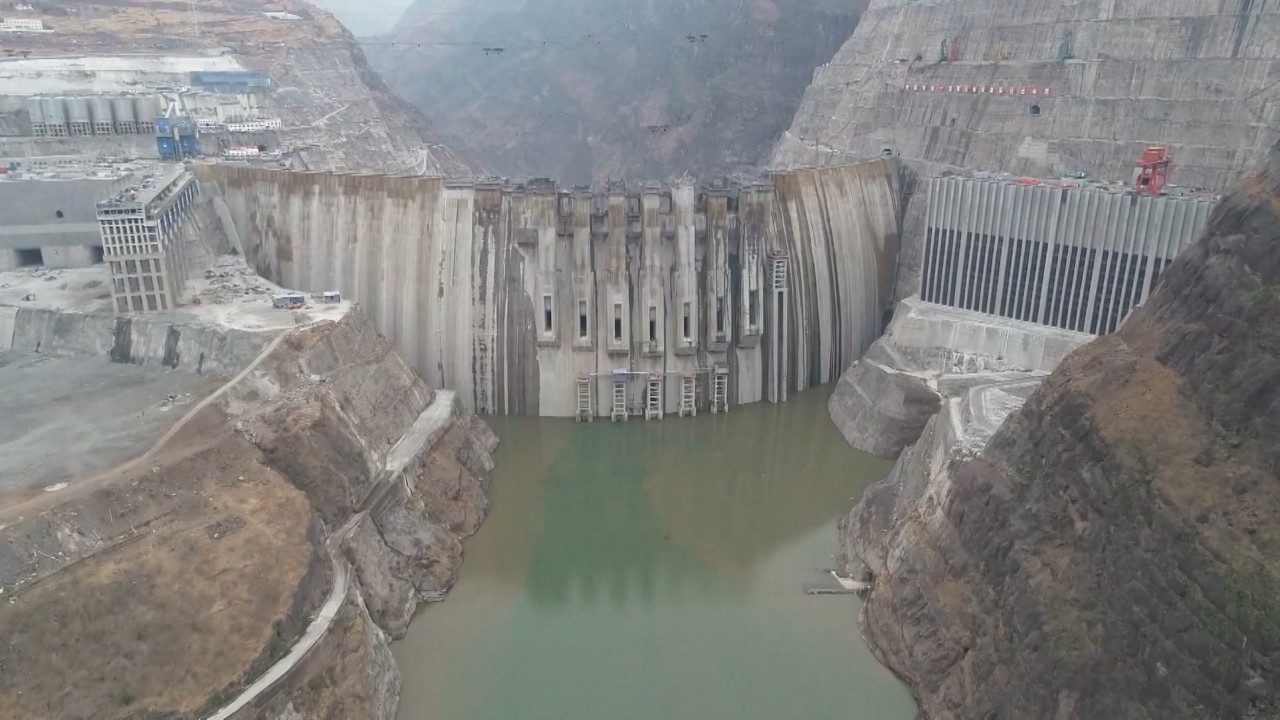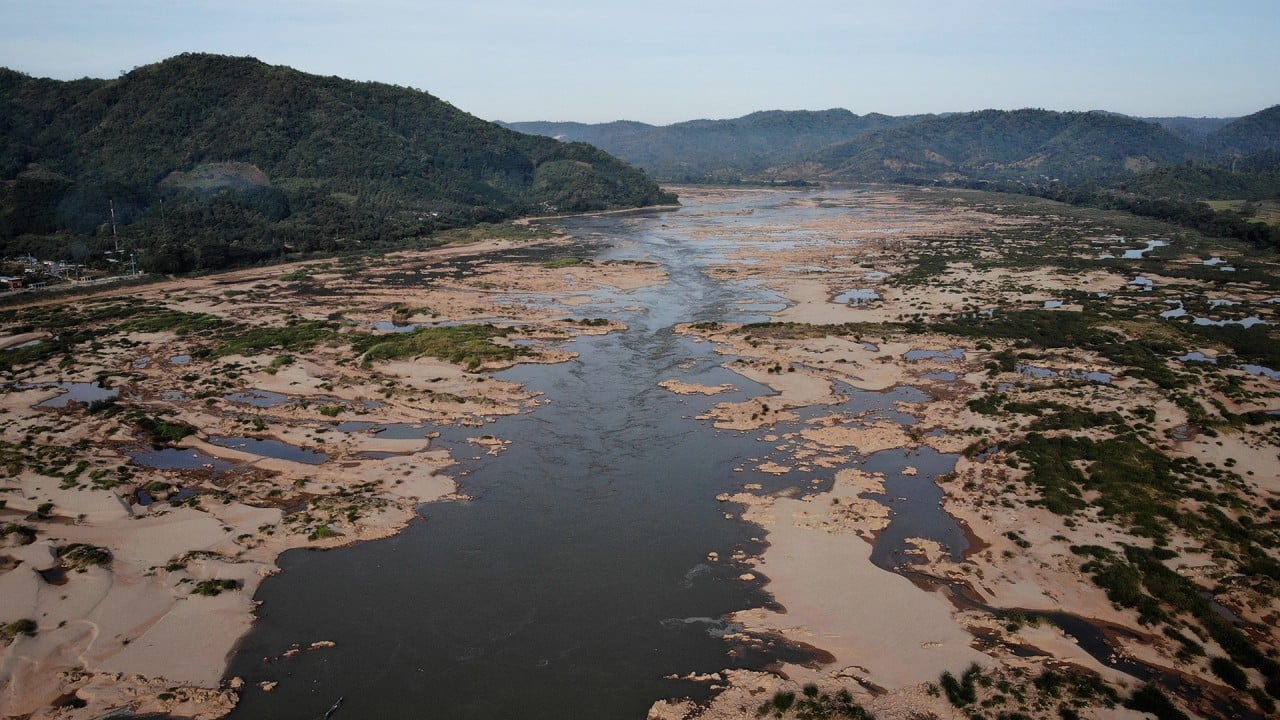China’s dam rush: critics query hydropower path to carbon neutrality
- Building massive river dams is seen as a relatively cheap and clean way to help meet China’s target of being carbon neutral by 2060
- But these projects have drawn complaints from neighbouring countries, while environmentalists question how clean they really are

The 170 billion yuan (US$26 billion) Baihetan Dam on the Jinsha (Yangtze) River, in the southwestern province of Sichuan, has raised eyebrows for the speed of its construction. It took only four years to build the world’s largest arch dam, despite the treacherous terrain and remote location, with the help of artificial intelligence technology.
Baihetan’s expedited construction reflects an acceleration in China’s plans to expand its hydropower capacity as a source of renewable energy.
However, while some have touted hydropower’s clean energy credentials, others say it could cause immeasurable damage to biodiversity, land erosion, the loss of cultural and archaeological sites, and the forced relocation of more than a million people. Dam-building on rivers that originate in China has also caused considerable friction with the countries downstream.
In those plans, the government stated its intention to “step up hydropower facility construction in southwestern China” while boosting wind and solar power to construct a modern energy system.
Aside from Baihetan, China has plans to build a massive hydropower plant on the lower reaches of the Yarlung Tsangpo River, which originates in Tibet before flowing into India as the Brahmaputra.

